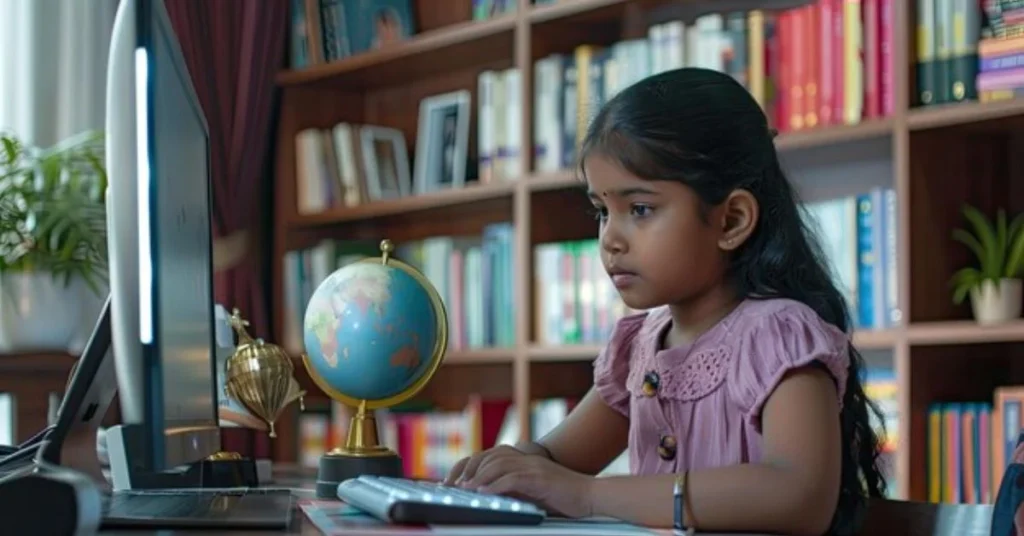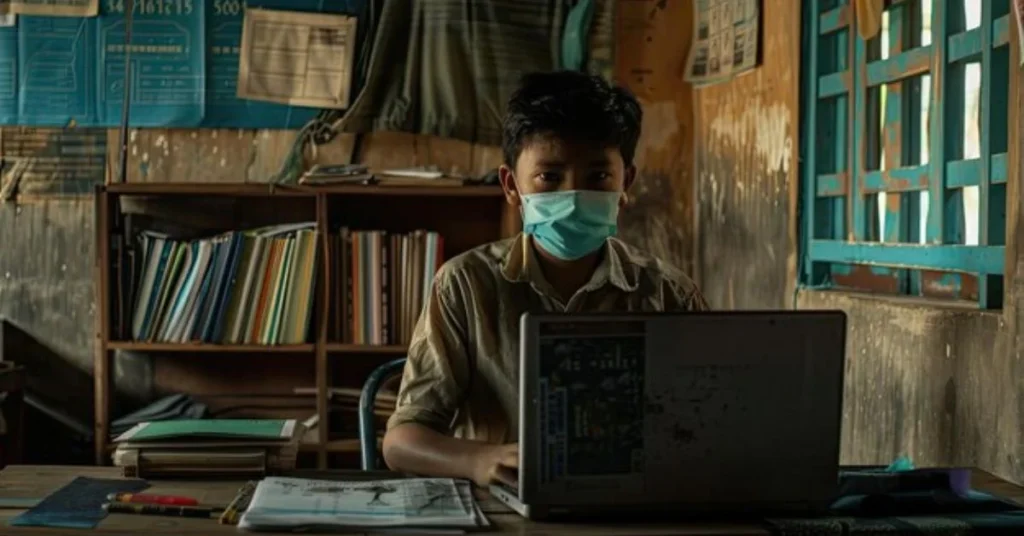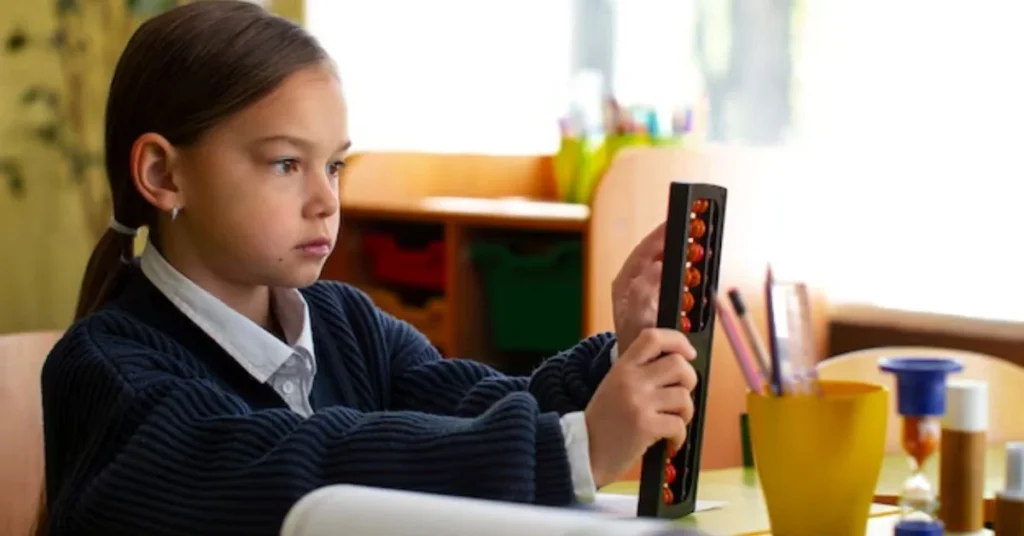The Problems of School Management System in India have been a long-standing concern for students, parents, and educators. With a rapidly growing population and increasing demand for quality education, managing schools effectively has become crucial. However, several obstacles make this task difficult. Issues such as outdated infrastructure, lack of teacher training, and financial constraints affect the overall quality of education. In this post, we’ll dive deeper into the challenges and discuss potential solutions to improve the system.
Must read Why People Go to Summer School If Failed
Key Problems of Problems of School Management System in India
Outdated Infrastructure
One of the most glaring Problems of School Management System in India is outdated infrastructure. Many schools, especially in rural areas, lack basic facilities like proper classrooms, toilets, and libraries. Without these, it becomes hard for students to have an effective learning experience.
The lack of modern technology in schools further widens the gap between students in India and those in developed countries. Most schools don’t have access to digital tools like smart boards, projectors, or computers, making it harder for them to keep up with the evolving educational standards.
Lack of Qualified Teachers
The shortage of qualified teachers is another issue that affects the quality of education in India. Many teachers, particularly in government schools, do not receive adequate training. Because of this, they are unable to employ modern teaching methods, which leads to poor academic performance.
Teacher training programs in India often focus on theory rather than practical knowledge. As a result, teachers struggle to make learning engaging and interactive, which negatively impacts students’ interest in their studies.

Overcrowded Classrooms
In many Indian schools, classrooms are often overcrowded. It is common to find classes with 50 or more students per teacher, which makes personalized attention nearly impossible. When students cannot receive individual guidance, their learning outcomes suffer, especially for those who need additional help.
Additionally, overcrowded classrooms make it difficult for teachers to manage discipline, resulting in an unproductive learning environment. The lack of space and resources for such large groups of students only adds to the problem.
Financial Constraints
Another major issue is the lack of financial resources. Many schools, particularly government institutions, struggle with budget limitations. This not only affects infrastructure but also hampers the quality of education.
Funds for educational resources, such as textbooks, sports equipment, and extracurricular activities, are often insufficient. Schools find it difficult to maintain high standards due to these financial challenges, impacting the overall development of students.
Outdated Curriculum
The curriculum followed in many Indian schools is outdated and often irrelevant to modern needs. Many students are being taught subjects in a rigid and theoretical manner, with little emphasis on practical knowledge and skills that will be beneficial in real-world situations.
This creates a gap between education and employability, as students often find themselves ill-prepared to face the demands of modern workplaces.

Lack of Parent Involvement
Parent involvement plays a critical role in a child’s education. However, in many Indian schools, there is limited communication between teachers and parents. When parents are not engaged in their child’s academic progress, it becomes harder for teachers to provide the necessary support at home.
Some parents may not have the time, while others may not understand the importance of active participation in their child’s school activities. This lack of involvement makes it more challenging for schools to work collaboratively with families to enhance student performance.
How These Problems Affect Students
Problems of School Management System in India directly impact students’ learning experiences and future opportunities. Without the right infrastructure, resources, and teaching methods, students often face the following difficulties:
Lower Academic Performance
Due to overcrowded classrooms and a lack of individualized attention, students may struggle to grasp concepts. This can lead to poor academic performance, which can affect their confidence and motivation.
Limited Access to Extracurricular Activities
Extracurricular activities are important for developing skills such as teamwork, leadership, and creativity. However, due to financial constraints and lack of resources, many schools cannot offer such programs. This deprives students of a well-rounded education.
Increased Dropout Rates
In rural areas, the combination of poor infrastructure and lack of qualified teachers often leads to increased dropout rates. Students, particularly girls, may also leave school early due to safety concerns and inadequate facilities.
Limited Job Opportunities
The outdated curriculum fails to equip students with the skills necessary for the modern workforce. As a result, many graduates face challenges in securing jobs or pursuing higher education opportunities.
Solutions to Improve School Management Systems in India
While there are numerous problems in the Indian school management system, there are also solutions that can help improve the situation.
Investment in Infrastructure
Governments and private institutions need to invest in upgrading school infrastructure. Ensuring that schools have proper classrooms, sanitation, and access to technology will create a more conducive learning environment.
Teacher Training Programs
It’s important to invest in regular teacher training programs that focus on modern teaching methods. By equipping teachers with the skills to engage students and use technology, schools can improve the quality of education they provide.
Reducing Class Sizes
Efforts should be made to reduce class sizes so that teachers can provide personalized attention to students. This can be achieved by building more schools, especially in rural areas, and hiring more qualified teachers.
Parent-Teacher Collaboration
Problems of School Management System in India and so schools should encourage greater communication between teachers and parents. Parent-teacher meetings, regular updates, and involving parents in school activities can help create a support system that benefits students.
Curriculum Reforms
The curriculum needs to be updated to align with the demands of the modern world. More emphasis should be placed on critical thinking, problem-solving, and practical skills that prepare students for higher education and job opportunities.

Conclusion
The Problems of School Management System in India are complex, but they can be addressed with strategic efforts. By focusing on improving infrastructure, teacher training, and parent involvement, as well as updating the curriculum, we can work towards creating a more effective and inclusive educational environment. Ensuring that students have access to quality education is crucial for India’s future, and overcoming these challenges is the first step in that direction. Visit here for more.
Why is the school infrastructure in India so outdated?
The infrastructure is outdated because of a lack of financial investment and resources, especially in government-run schools. Many rural areas do not receive enough funding to maintain or upgrade school buildings.
What is being done to improve teacher training in India?
The Indian government has initiated several programs to improve teacher training. However, many of these programs focus on theory rather than practical teaching methods, which limits their effectiveness.
How does overcrowding in classrooms affect students?
Overcrowded classrooms make it difficult for teachers to provide individual attention, leading to lower academic performance and a less effective learning environment for students.
Why is parent involvement important in school management?
Parent involvement is crucial because it helps create a support system for students. When parents actively participate in their child’s education, students are more likely to perform better in school.
How can the Indian school management system be improved?
Improvements can be made through investment in infrastructure, better teacher training programs, reducing class sizes, updating the curriculum, and increasing parent involvement in school activities.











